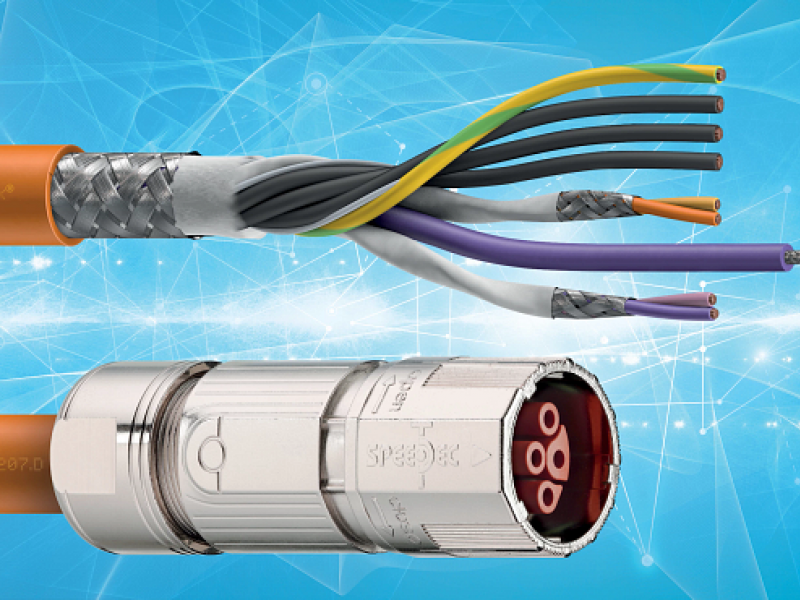Arc Flash is the result of a rapid release of energy due to an arcing fault between a phase bus bar and another phase bus bar, neutral or a ground. During an arc fault, the air is the conductor. Arc faults are generally limited to systems where the bus voltage is in excess of 120 volts. Lower voltage levels normally will not sustain an arc. An arc fault is similar to the arc obtained during electric welding and the fault has to be manually started by something creating the path of conduction or a failure such as a breakdown in insulation.
The cause of the short normally burns away during the initial flash and the arc fault is then sustained by the establishment of a highly-conductive plasma. The plasma will conduct as much energy as is available and is only limited by the impedance of the arc. This massive energy discharge burns the bus bars, vaporising the copper and thus causing an explosive volumetric increase, the arc blast, conservatively estimated, has an expansion ratio of 40,000 to 1. This fiery explosion devastates everything in its path, creating deadly shrapnel as it dissipates. This explosion process is extremely fast, and is measured in tens of milliseconds.
As an example, a 50kA arc would generate a pressure of around 37 MPa at the source and provide enough force to propel a person weighing 75kg standing 600 mm from the source with acceleration of approximately 100 m/s2. At one metre from the source, the pressure would be around 13 kPa and since the construction strength of most switch rooms is only in the order of 0.5 kPa, the switch room structure is also subject to catastrophic damage. The arc fault current is usually much less than the available bolted fault current and below the rating of circuit breakers. Unless these devices have been selected to handle the arc fault condition, they will not trip and the full force of an arc flash will occur. The electrical equation for energy is volts x current x time. The transition from arc fault to arc flash takes a finite time, increasing in intensity as the pressure wave develops. The challenge is to sense the arc fault current and shut off the voltage in a timely manner before it develops into a serious arc flash condition. Protection of personnel is vital but so is protection of the structural integrity of the switch room itself. This requires a special type of pressure relief vent to be installed in the switch room wall that will not only provide the required free venting area, but also react within milliseconds before catastrophic damage can occur. In addition, the pressure relief vent needs to be weatherproof and be able to be fitted with appropriate security devices.
One such pressure relief vent is the HIGH-X-100 SHX Blast Relief vent from AFP Air Technologies, distributed throughout Australia, New Zealand and South East Asia. These Pressure Relief Vents are 100 percent efficient at 95.5 Pascals and are fully open in 15 milliseconds. This reaction time will ensure that the overpressure generated by an arc flash is safely dissipated into the surrounding atmosphere without damage occurring to the switch room structure.
Contact email enquiries@fire-protection.net.nz or phone 09 415 5488






